 |
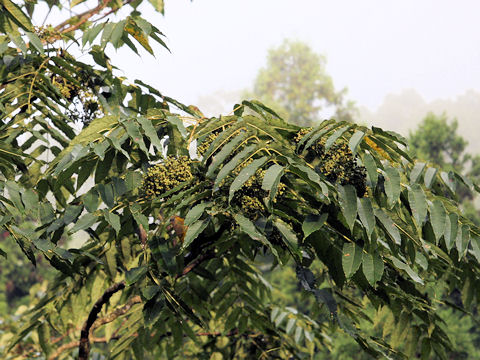

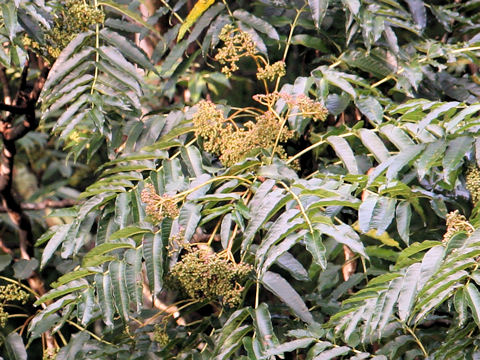

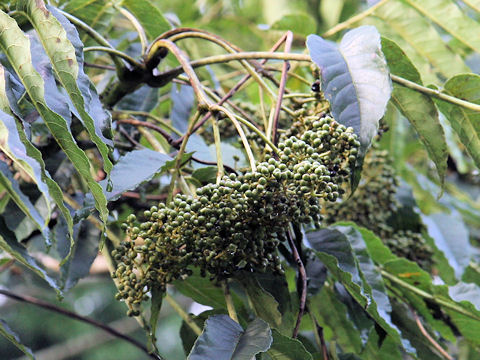

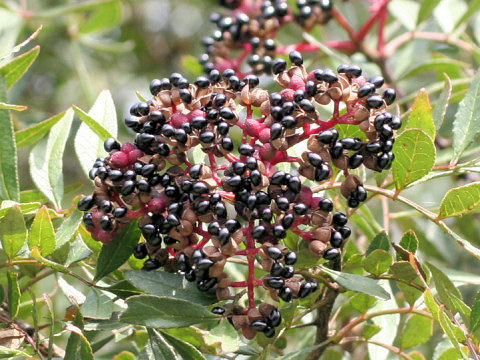

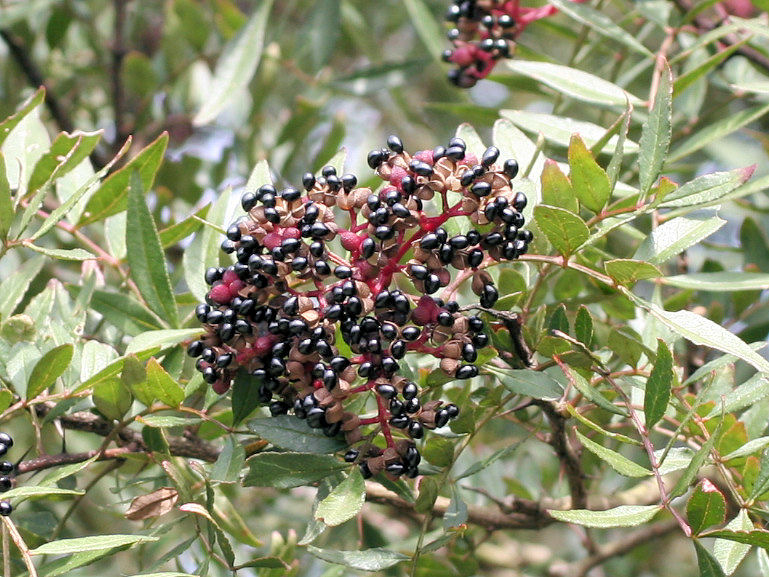

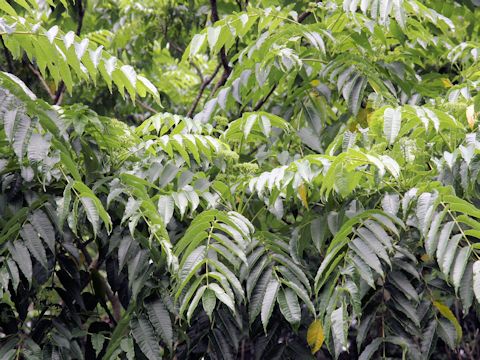

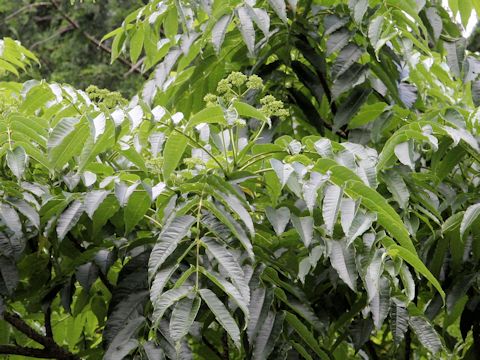

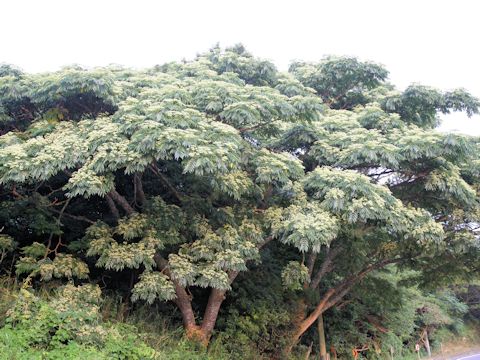

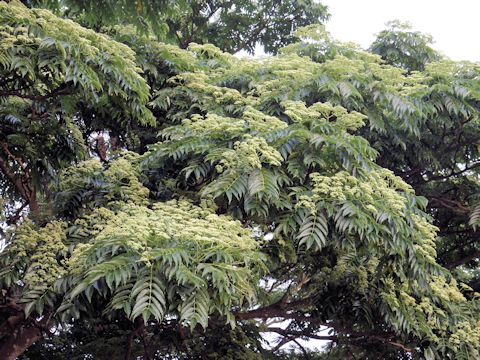

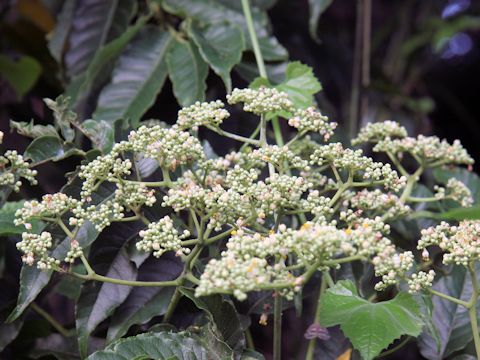

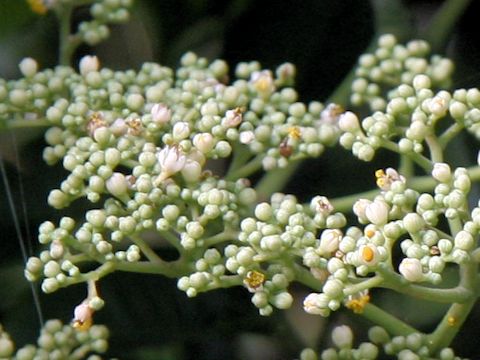

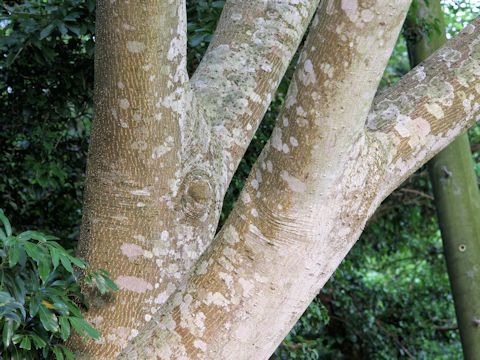

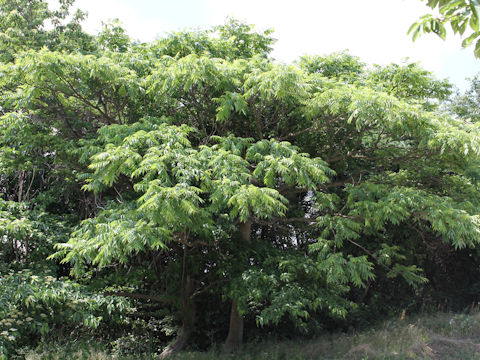

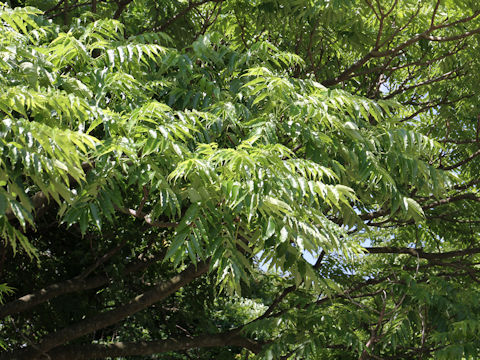

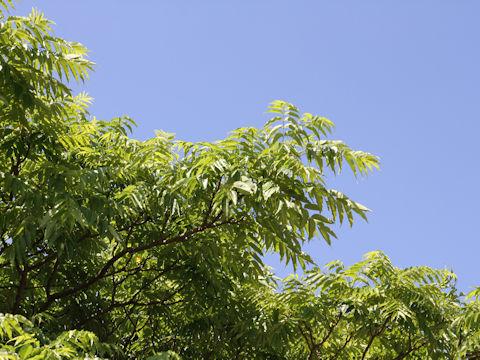

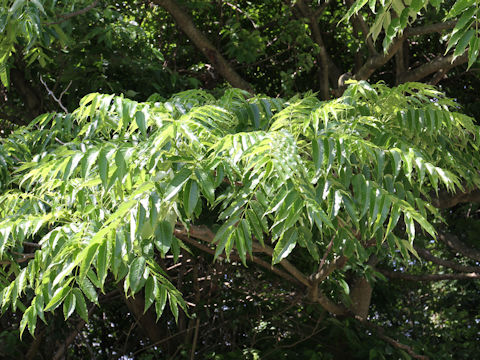

|

|
íªÌ{B©çlEãBA»êÉ©N¼ì©çAtBsɪzµÄ¢Ü·BánÌñÑɶ¦A³ÍT`PT[gÉÈèÜ·BtÍïHó¡tÅݶµAt̲Éͪ èÜ·BV©çW²ëA}æÉU[Ôð¾µAÚ§½È¢Ôð穹ܷBÊÀÍÔÝðÑÑAíqÍFŪ èÜ·BÆÁÌ誵ܷB
|

|
~JÈTVE®ÌtØÅAw¼Í Zanthoxylum ailanthoidesBp¼Í èܹñB
|

|
"Karasu-zansho" (Zanthoxylum ailanthoides) belongs to Rutaceae (the Citrus family). It is a tall diciduous tree that is distributed westward from Honshu to Shikoku and Kyushu in Japan, as well as the southern Korean Peninsula, China and Philippinne. This tree grows in lowland secondary forests and can reach 5-15 m in height. The leaves are imparipinnate and alternate with spines on the rachis. The corymbs are borne on the terminal branches and bloom inconspicuous flowers from July to August. The fruits are ripen in reddish and the seeds are glossy black. The plants have distinct odor.
|

|
[ãEP`Q] ¤m§VésLªuPRvÉÄA2007N1005úBeB
[RES] åã{åãsãlð¬uÈé©ínvÉÄA2005N1003úBeB
[TEU] Od§¼ãsÑoÉÄA2012N0709úBeB
[V`PP] çt§®s´a³ÉÄA2012N0729úBeB
[PQ`PSEº] ¹æ§åR¬uÞ«Îñ¾jÕövÉÄA2017N0613úBeB
|

















